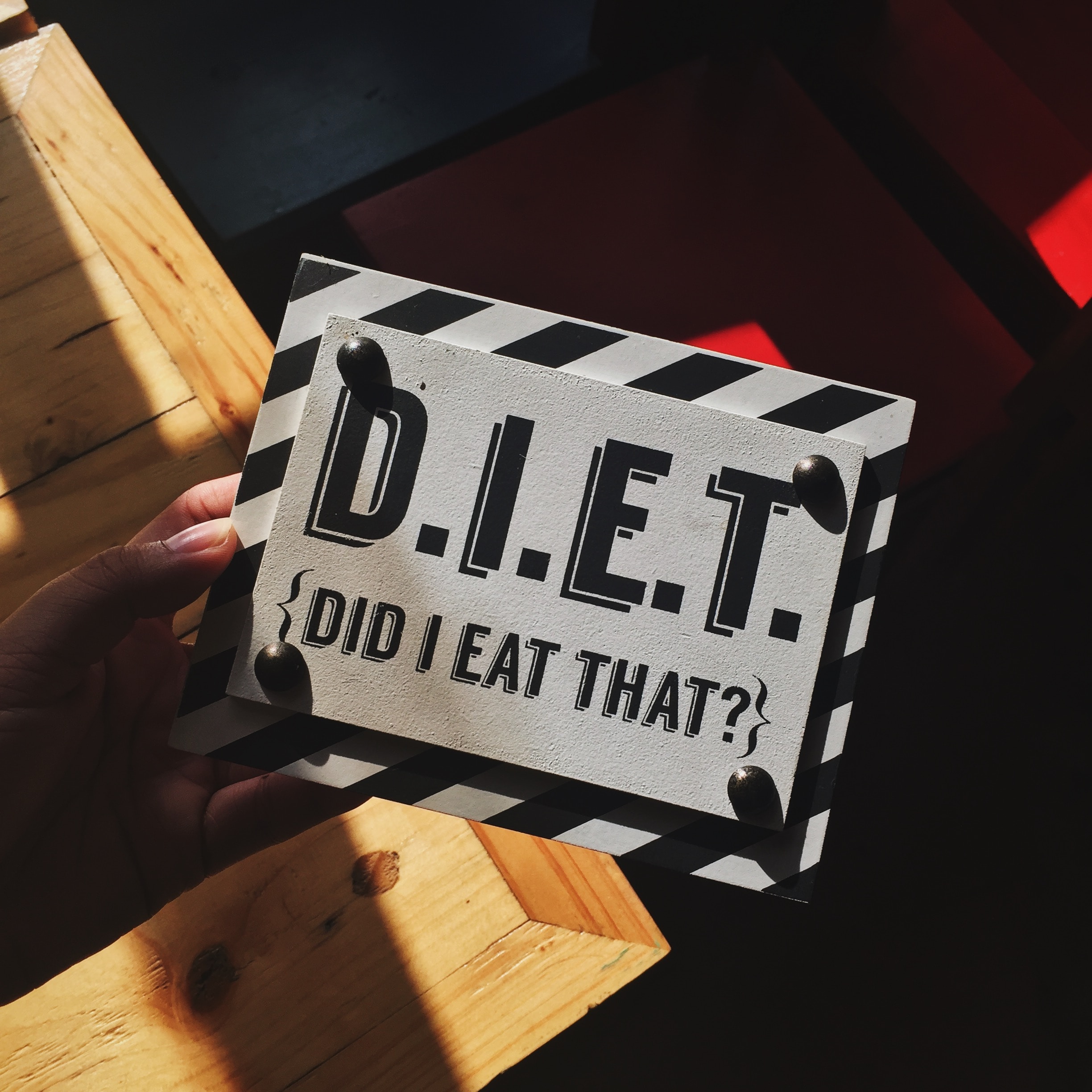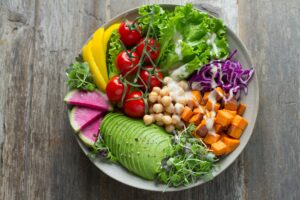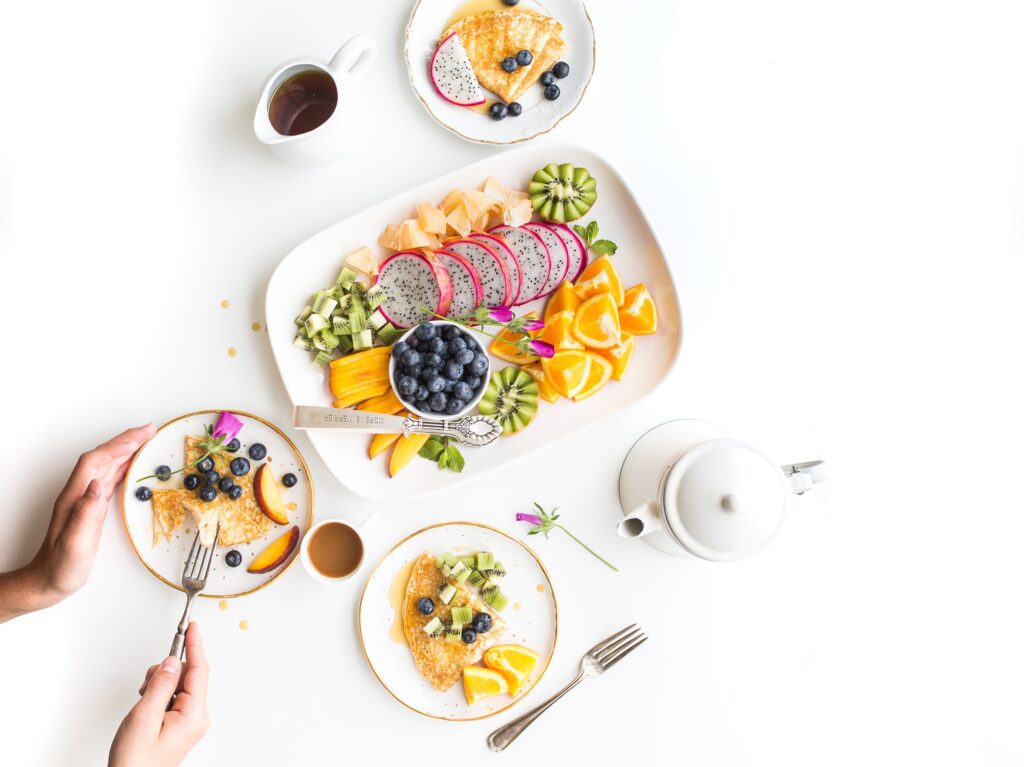Your Ultimate Blueprint for a Diet Plan

“A Journey to Optimal Health with a Balanced Diet Plan”
introduction
A diet plan is more than a path to weight loss—it’s the foundation of a holistic journey towards a healthier lifestyle. By embracing a diet plan that focuses on balanced nutrition, you’re not just cutting calories or chasing trends. You’re committing to a way of life that enriches your body, mind, and soul with essential nutrients. This isn’t about temporary changes; it’s about permanent transformation. With the right diet plan, you’re choosing to indulge in foods that are as satisfying as they are nourishing, setting the stage for lasting well-being and vitality
Understanding Macronutrients
Carbohydrates: Your Body’s Fuel
Carbohydrates often get a bad rap, but they’re your body’s main source of energy. The important thing is to select the type. Whole grains, legumes, and vegetables are examples of carbohydrates that break down gradually, giving you a supply of energy and helping you feel satisfied for a longer period.
Proteins: The Building Blocks
Proteins are very important for body tissues to grow, repair, and stay in good shape. Not only can you get proteins from meat and eggs, but you can also get them from beans, tofu, and lentils. To make sure your body gets all the essential amino acids it needs, you should try to eat a lot of different foods.
Fats: The Good, The Bad, and The Necessary
You need fats to take in vitamins, keep your cells healthy, and give you energy. But not all fat is the same. A lot of processed foods have trans and saturated fats, which are bad for your heart. Instead, eat more unsaturated fat-rich foods like nuts, avocados, olive oil, and more.
The Role of Micronutrients
Vitamins: The Micro Warriors
Vitamins are your body’s little helpers, supporting everything from your vision to your immune system. They’re involved in healing wounds, bolstering your bone health, and even converting food into energy. A diet rich in fruits and vegetables can help you cover your vitamin deficiencies.
Minerals: The Unsung Heroes
Minerals like calcium, potassium, and iron are vital for your body’s processes. They keep your bones strong, your blood healthy, and your muscles working. You can find these important nutrients in dairy products, leafy greens, and lean meats.
Importance of Hydration
Water is the essence of life. It’s involved in every bodily function, from digestion to temperature regulation. Drinking enough water can improve your skin, help you lose weight, and even boost your brain function.
Dietary Fiber: Your Digestive System’s Friend
Fiber is a type of carbohydrate that your body can’t digest. It helps regulate your body’s sugar use, keeps hunger and blood sugar in check, and aids in digestion. Foods high in fiber include beans, whole grains, fruits, and vegetables.

Planning your meals
Breakfast Ideas
People are right when they say that breakfast is the most important meal of the day. A well-balanced breakfast gets your metabolism going and gives you energy for the day. Think whole-grain cereals, low-fat dairy, and plenty of fruits.
Lunch Suggestions
Midday meals should be energizing yet not too heavy. Salads packed with greens, a source of protein, and a whole grain like quinoa or brown rice are perfect for keeping you going without the slump.
Dinner Options
Evening meals are a time to wind down, but that doesn’t mean skimping on nutrition. A piece of grilled fish, a variety of steamed vegetables, and a side of sweet potatoes make for a meal that’s satisfying and balanced.

Snacking Smartly
Snacks are an important part of your diet when chosen wisely. They can provide energy between meals and prevent overeating at mealtimes. Opt for raw nuts, yogurt, or a piece of fruit.
Balancing Calories
Calories are simply a measure of energy. It’s important to balance the energy you consume with the energy you expend. This balance is the foundation of weight management and overall health.
The Pitfalls to Avoid
Processed Foods
These are often high in unhealthy fats, sugars, and sodium. They can be convenient, but they’re not conducive to a balanced diet. Whole, natural foods are always the best choice.
Sugar Traps
Sugar is everywhere, often hiding in places you wouldn’t expect. It’s important to read labels and be aware of the sugar content of the foods you eat.
Overeating healthy foods
Just because a food is healthy doesn’t mean you can eat it in unlimited quantities. Calories still count, and portion control is important, even with healthy foods.
Exercise and Diet: The Dynamic
Duo Regular physical activity complements your balanced diet. It helps burn off the extra calories you can’t cut through diet alone and is essential for heart health, muscle strength, and stress reduction.
Sample One-Week Balanced Diet Plan
A sample meal plan can be a helpful guide to get you started. It should include a variety of foods to ensure you’re getting a wide range of nutrients.
Adjusting Your Diet to Your Lifestyle
Your diet should be personalized to fit your lifestyle. Whether you’re a busy parent, a student, or a working professional, there are ways to incorporate healthy eating into your routine.
Snacking Smartly
In a world where the line between snack and meal can blur, it’s essential to redefine snacking. Smart snacking is about choosing foods that contribute to your overall nutrient intake without overindulging. Think of snacks as mini meals that offer a balance of carbs, protein, and fats. For instance, pairing an apple with a tablespoon of almond butter provides a satisfying mix of fiber, healthy fats, and protein.
Balancing Calories with Your Diet Plan
The art of calorie balancing is not about strict counting or obsessive measurement. It’s about understanding the energy your body needs and matching it with your intake. If you’re more active, you’ll need more calories; if you’re less active, you’ll need fewer. It’s a simple concept that’s often overcomplicated. Listen to your body—it’s the best indicator of your caloric needs.
The Pitfalls to Avoid
Processed Foods
The convenience of processed foods is tempting, but their long-term effects on your health are not worth the trade-off. These foods are often high in additives and low in nutrients, leading to energy crashes and health issues over time. Instead, focus on fresh, whole foods that are as close to their natural state as possible.
Sugar Traps
Sugar is an addictive culprit that creeps into our diets in many forms. It’s not just the sugar in your coffee; it’s also in the bread you eat, the dressing on your salad, and the yogurt you love. Being mindful of hidden sugars is crucial to maintaining a balanced diet.
Sample One-Week Diet Plan
Creating a one-week meal plan can help you visualize your dietary goals and ensure variety. Here’s a simplified version to get you started:
- Monday
- Breakfast: Greek yogurt with mixed berries and a sprinkle of granola.
- Lunch: Quinoa salad with mixed vegetables and grilled chicken.
- Dinner: baked salmon with steamed broccoli and brown rice.
- Tuesday
- Breakfast: Smoothie with spinach, banana, protein powder, and almond milk.
- Lunch: Turkey and avocado wrap with a whole-grain tortilla and side salad.
- Dinner: stir-fried tofu with mixed vegetables and quinoa.
- Wednesday
- Breakfast: Oatmeal with sliced almonds and honey.
- Lunch: lentil soup with a side of whole-grain bread.
- Dinner: Grilled shrimp over mixed greens with a vinaigrette dressing.
- Thursday
- Breakfast: scrambled eggs with spinach and whole-grain toast.
- Lunch: brown rice bowl with black beans, salsa, and grilled vegetables.
- Dinner: lean pork loin with sweet potato and green beans.
- Friday
- Breakfast: whole-grain cereal with milk and a banana.
- Lunch: chicken Caesar salad with a light dressing.
- Dinner: Grilled steak with asparagus and a side of couscous.
- Saturday
- Breakfast: Blueberry pancakes made with whole-grain flour.
- Lunch: Tuna salad sandwich on whole-grain bread with lettuce and tomato.
- Dinner: vegetarian chili with a variety of beans and a side of cornbread.
- Sunday
- Breakfast: Breakfast burrito with scrambled eggs, black beans, and salsa.
- Lunch: Caprese salad with fresh mozzarella, tomatoes, basil, and balsamic glaze.
- Dinner: Roast chicken with roasted root vegetables and a quinoa salad.

Adjusting Your Diet Plan to Your Lifestyle
Your diet should be as unique as you are. It should take into account your daily routine, your likes and dislikes, and your health goals. If you’re a morning person, make breakfast your largest meal; if you’re always on the go, learn the art of healthy snacking. The key is to make your diet work for you, not the other way around.
Psychology of Eating
Understanding the psychological aspects of eating is just as important as the food you put on your plate. Mindful eating practices, such as paying attention to the taste, texture, and smell of your food, can enhance your dining experience and help you tune into your body’s hunger and fullness signals. This can prevent overeating and increase the enjoyment of meals.
Maintaining a diet plan Long-Term
The true test of a balanced diet is whether it can be maintained over the long term. It’s not about perfection; it’s about making better choices most of the time. Allow yourself the occasional indulgence, and don’t beat yourself up over it. Balance is about the big picture—what you eat over weeks and months, not just day to day.
Conclusion
A balanced diet is a colorful tapestry woven from a variety of foods, flavors, and nutrients. It’s a lifestyle that celebrates diversity on your plate and reflects on your health and well-being. Remember, the goal is to nourish your body and enjoy your life. With the right approach, a balanced diet isn’t just a plan—it’s a sustainable, pleasurable way of living.







